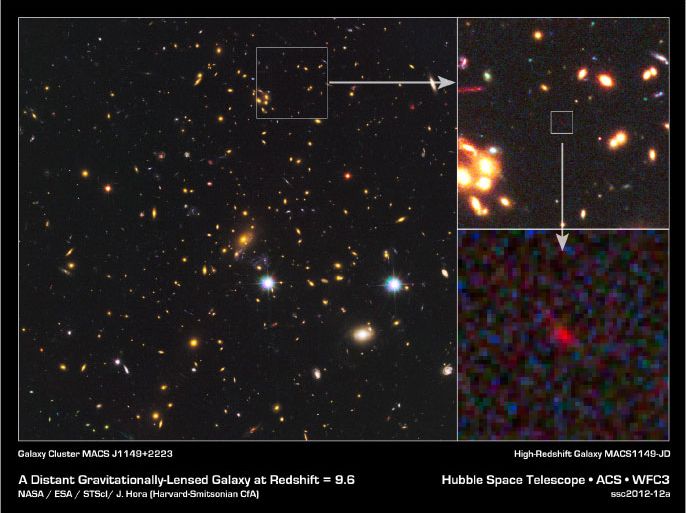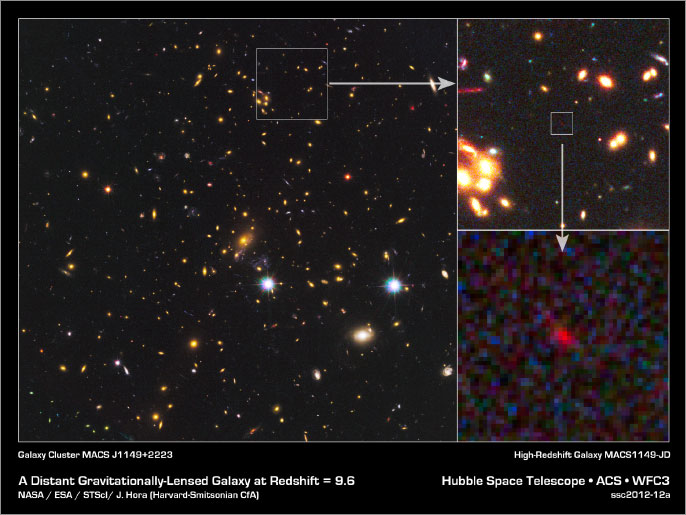تلسكوب لدراسة ماضي الكون المظلم


ضمت وكالة الفضاء الأميركية (ناسا) جهودها إلى وكالة الفضاء الأوروبية (إيسا) لإطلاق تلسكوب إلى الفضاء لتحديد مواقع وقياس نحو مليارين من المجرات، حسبما أعلنته الوكالة الأميركية الخميس الماضي.
وستساعد المعلومات التي سيجمعها التلسكوب العلماء في تحديد "المادة السوداء" في الكون وفهم الطريقة التي أثرت بها "الطاقة السوداء" على تطور الكون عبر الزمن.
ومن المقرر أن تبدأ المهمة المسماة "إيوكليد" (Euclid) في عام 2020 وتستمر ست سنوات. وستعمل الوكالتان على وضع التلسكوب "إيوكليد" في مدار بين الأرض والشمس يسمى "نقطة لاغرانغ ألـ2″، وهي المنطقة التي تكون فيها قوة الجاذبية من الأرض والشمس متوازنة بدرجة تكفي كي يبقى التلسكوب ثابتا وراء الأرض عند النظر إليه من الشمس.
وخلال السنوات الست (عمر المهمة)، سيحدد "إيوكليد" مواقع المجرات المنتشرة في نحو ثلث السماء تقريبا، حسب العلماء. وذلك استنادا إلى المواقع النسبية وأعمار المجرات المختلفة، مما يمنحهم إمكانية تحديد كيفية تمدد الكون منذ نشأته، وسيتيح التسارع الواضح بالنسبة لحالة المجرات للعلماء فهم تأثيرات المواد السوداء والطاقة بشكل أدق.
وستساهم ناسا في هذه المهمة بـ16 كاشفا بالأشعة تحت الحمراء، وأربعة كاشفات أخرى لأحد الأدوات العلمية التي سيستخدمها التلسكوب، وقد رشحت الوكالة ثلاثة فرق من العلماء بمجموع أربعين عالما، للعمل في تطوير هذا التلسكوب لينضموا إلى مجموعة من ألف عضو يعملون في هذه المهمة بقيادة "إيسا".